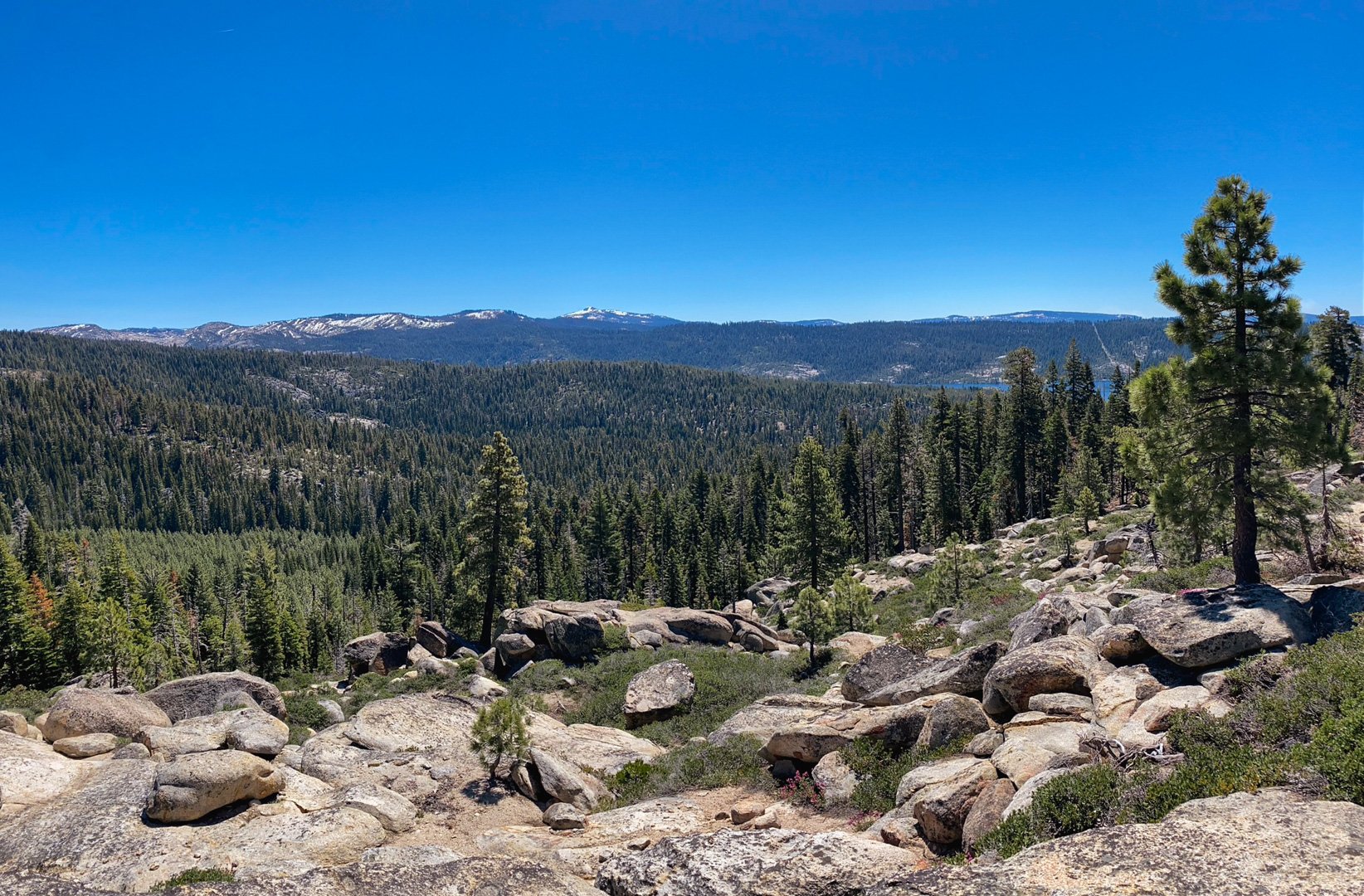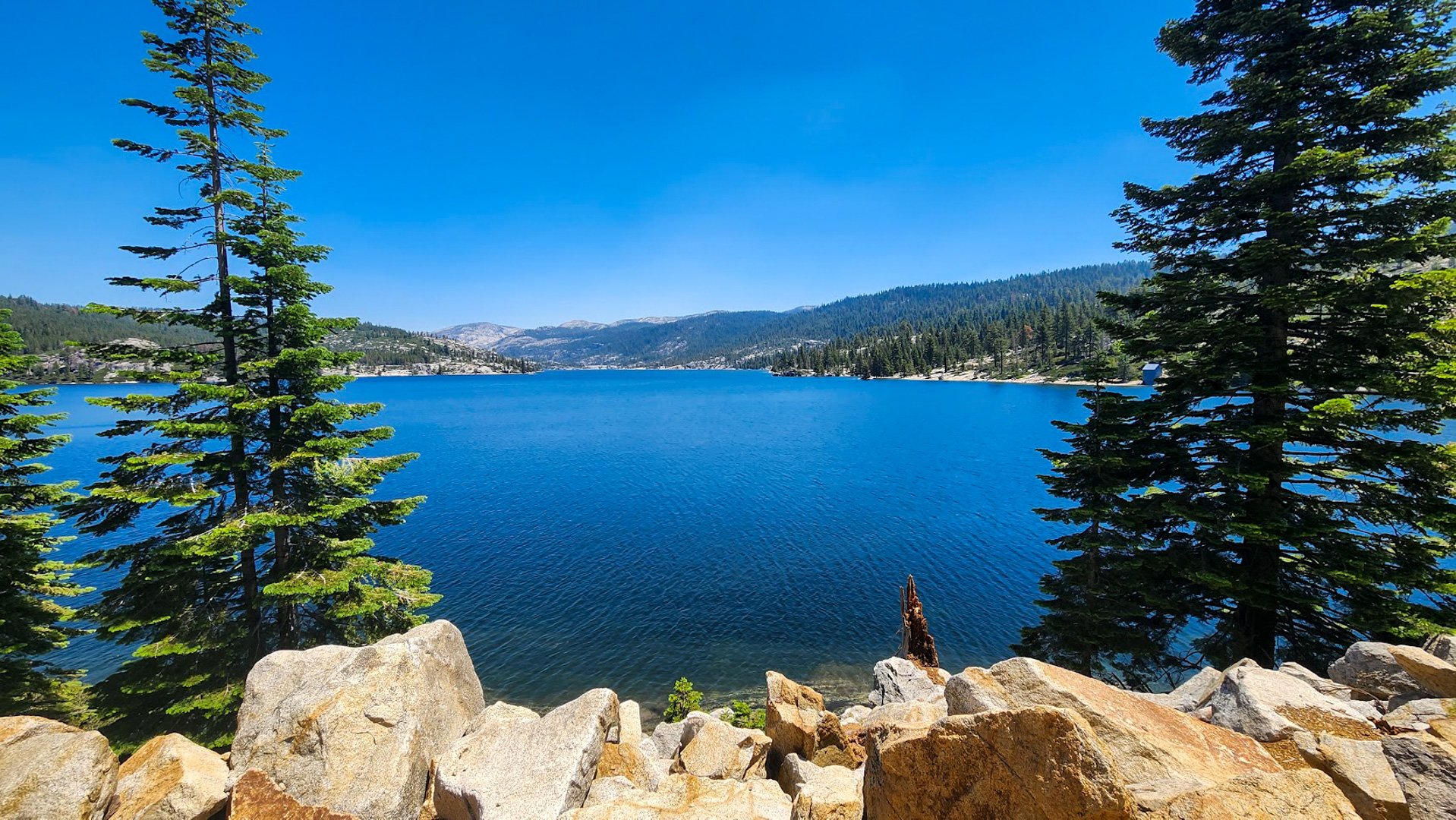
ABOUT THE PROJECT
THE MOKELUMNE WATER BATTERY PROJECT
HOW IT WORKS
Pumped-storage hydropower is a method of storing energy by pumping water uphill and holding it in a reservoir. This water can be released downhill later through the hydropower turbines when it is most needed.
The Mokelumne Water Battery Project will reduce California’s reliance on fossil fuels by meeting the state’s energy demands with reliable renewable energy.
When GreenGenStorage completes the Project, it will provide approximately 400 megawatts (MW) of electricity, depending on the state’s energy needs, engineering design, and environmental considerations.
THE DETAILS
THE LOCATION
The Mokelumne Water Battery Project is located in the Sierra Nevada mountains, east of Sacramento, and about 33 miles east of Jackson, California. The project will pump water from the existing Salt Springs Reservoir up to the Lower Bear Reservoir. The project will also include a water conveyance tunnel connecting the reservoirs, a powerhouse, transmission line, and other associated infrastructure.
When GreenGenStorage completes the Project, it will provide approximately 400 megawatts (MW) of energy, depending on the state’s energy needs, engineering design, and environmental considerations.
THE BENEFITS
The Mokelumne Pumped Storage Project will provide the following benefits for the region and the state:
Provide carbon-free electricity, thereby reducing GHG emissions
Meet the state’s energy and emissions goals
Create hundreds of construction jobs and approximately ten permanent jobs
Provide local economic stimulus throughout project development and operation
THE TEAM
GreenGenStorage is a California-based development team with specialized and highly skilled regulatory, legal, siting, permitting, and finance experience in the energy sector. The executive team has over 60 years of combined experience evaluating energy projects in the public and private sectors.
The GreenGenStorage team includes the following companies providing engineering, stakeholder engagement, and environmental planning technical expertise.

The project leaders have spent their careers working towards environmental causes and encouraging renewable energy. Project development will be guided by this deep commitment to respecting and protecting existing environments and resource use where possible, and to mitigating changes where needed. The project team pledges to work closely with environmental resource agencies and interested stakeholders to ensure that this commitment is met.












